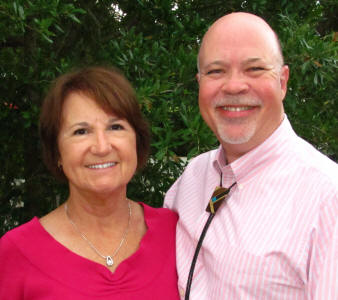
 History
History
Back in 1966 my twin sister wanted to take square
dance lessons at the local teen square dance club, the Shirts 'N Skirts, in
Northampton, Mass. We were 12 at the time and back then, square dancing was
a "real" thing to do. There were many teen clubs and teen callers. I knew
many of those callers, some calling today like Will Larsen, Jack O'Leary,
Bruce McCue and so many other good callers.
Along with the teen club, we volunteered at the
local state hospital dancing with the patients. The club was known as the
Hilltop Squares. This group met every Wednesday night. All the callers
volunteered and came from all over New England. The lineup included local
and well known callers. We danced 10 - 15 squares but over time that number
dwindled, especially after the state placed many patients in "halfway
houses". In later years, I became the only caller for the group with a
select group of volunteers because of so few patients.
The Hilltop Squares shaped my appreciation for people and teaching. At the age of 15, Robert Myers, the group coordinator, explained to me how much these patients looked forward to the Wednesday night dance. He also told my how "down" the patients could get on themselves if they didn't dance well. He showed me how valuable self confidence is in dancing and in later years, everything else. Robert Myers showed me that everyone, regardless of education, handicaps, background have the same issues, just to different degrees. That valuable lesson taught me the patience to teach with enthusiasm, enjoyment, and appreciation of success.
At 18 I started calling "fun nights" with my 25 watt Newcomb, $5.00 microphone, and Newcomb speakers. Eventually I worked up to a 40 watt Newcomb and $20.00 homemade column speakers. I called for church groups and other gatherings, mainly of teens and college students. By that time I was dancing at the Heymakers SDC at the University of Mass. at Amherst, Mass. I picked the brains of local callers who genuinely did everything to help: Buddy Dow, Del Barone, and Bob Howard.
I was in awe and that was just the beginning of appreciation of calling as the years passed. I watched and learned from Red Bates, Earl Johnston, Al Brundage, and Dick Leger. My first caller's school was Dick Leger in New Hampshire in 1976. Dick taught me timing phrasing, skills never taught anywhere else in calling, at least not to the intensity he taught. I learned to prompt contras and learned how to listen to music, the skill, most valuable in using music as a square dance caller.
Eventually I attended the finest school ever, Earl and Johnston and Al Brudgage in 1979 and 1980. By that time I graduated four classes with the Swinging Sweethearts in Shelburne Falls, Mass and the two at the Heymakers and Umass. Teachers included Clint McLean and Jim Mayo. I still remember lessons that shaped my calling from these teachers.
Jim Hilton sold my my Micro 75 in 1977 and Earl Johnston some me my Yak Stack, both of which I have today, although use a much larger Hilton today. Both companies shaped square dance sound and I am proud to know their originators and histories.
Through the years I taught lessons for may clubs from the CALLERLAB Programs Basic through A2. New England was very good to me guest calling up to 135 - 150 nights a year. I called with icons of calling whom I always respected, liked, and was in awe. Calling with them was a privilege and they made me feel "ten feet tall", as they made me look good. Thank you Red Bates, John Hendron, Jim Pulaski, the late Dick Leger, and so many more.
In 2001 I came to Southeast Alabama in Enterprise. I came close to my twin sister after so many years. Right now I call from Pensacola, Florida, through Alabama, Eastern Georgia, and South Carolina. I teach for the Swinging Squares in Panama City, Florida and in January 2008 I will be calling for the Dixie Plus dancers in Montgomery, Alabama.
Some southern callers have been very good, and generous to me, such as Willis Simmons, Larry Belcher, and Bob Poyner.
I love to teach and workshop. I love to call and have the dancers actually dance. I am not one to have some dancers just stand there while the caller tells who is holding hands and to turn a quarter, then others "do this" and just slowly move little chess pieces. Definitions used as intended and not exaggerated beyond the "danceability" is what I am about. Please call me for fun with a little challenge for dances, lessons, workshops, or "fun nites".
Web Site maintained by DANCERgram Webmaster